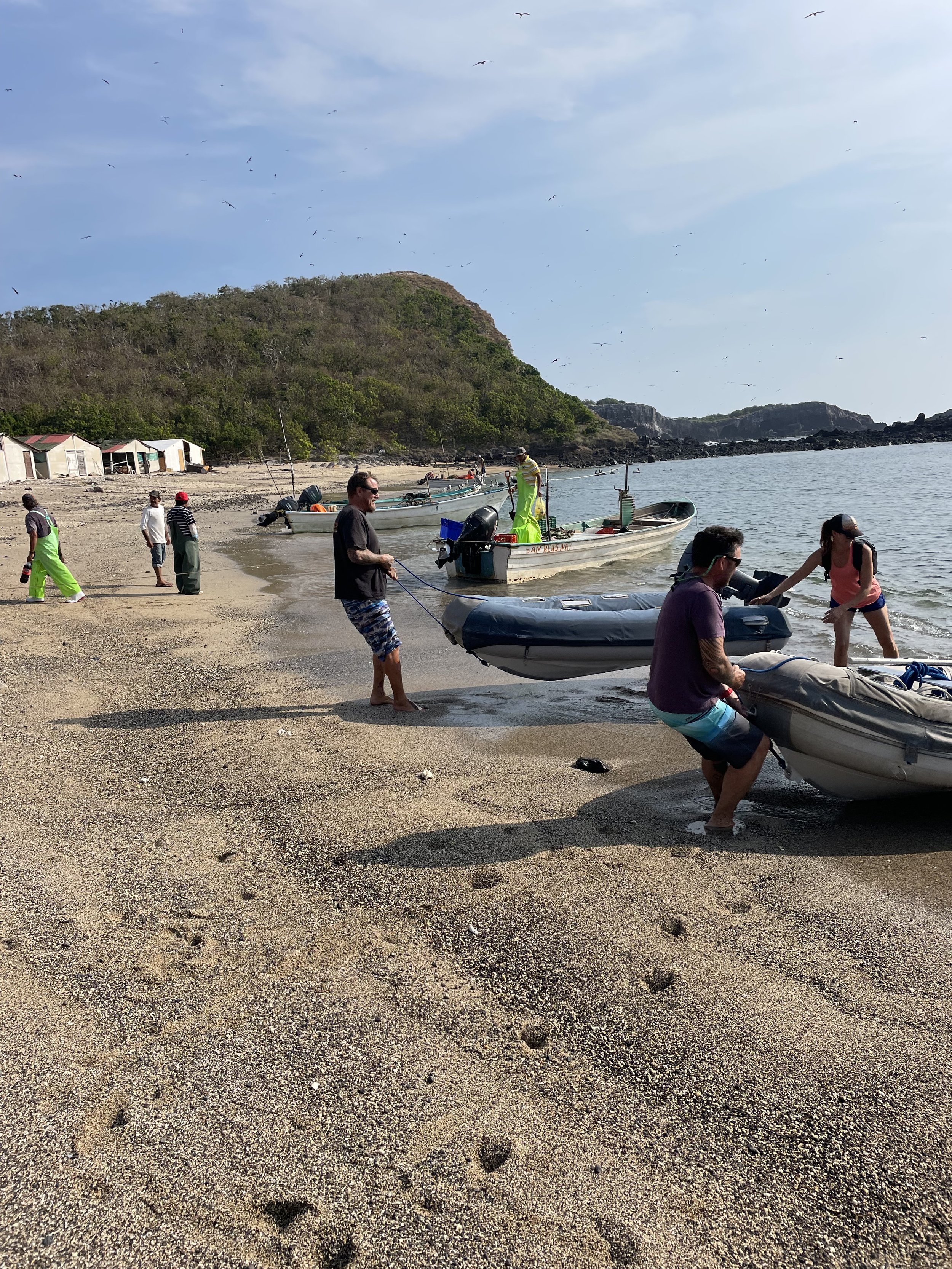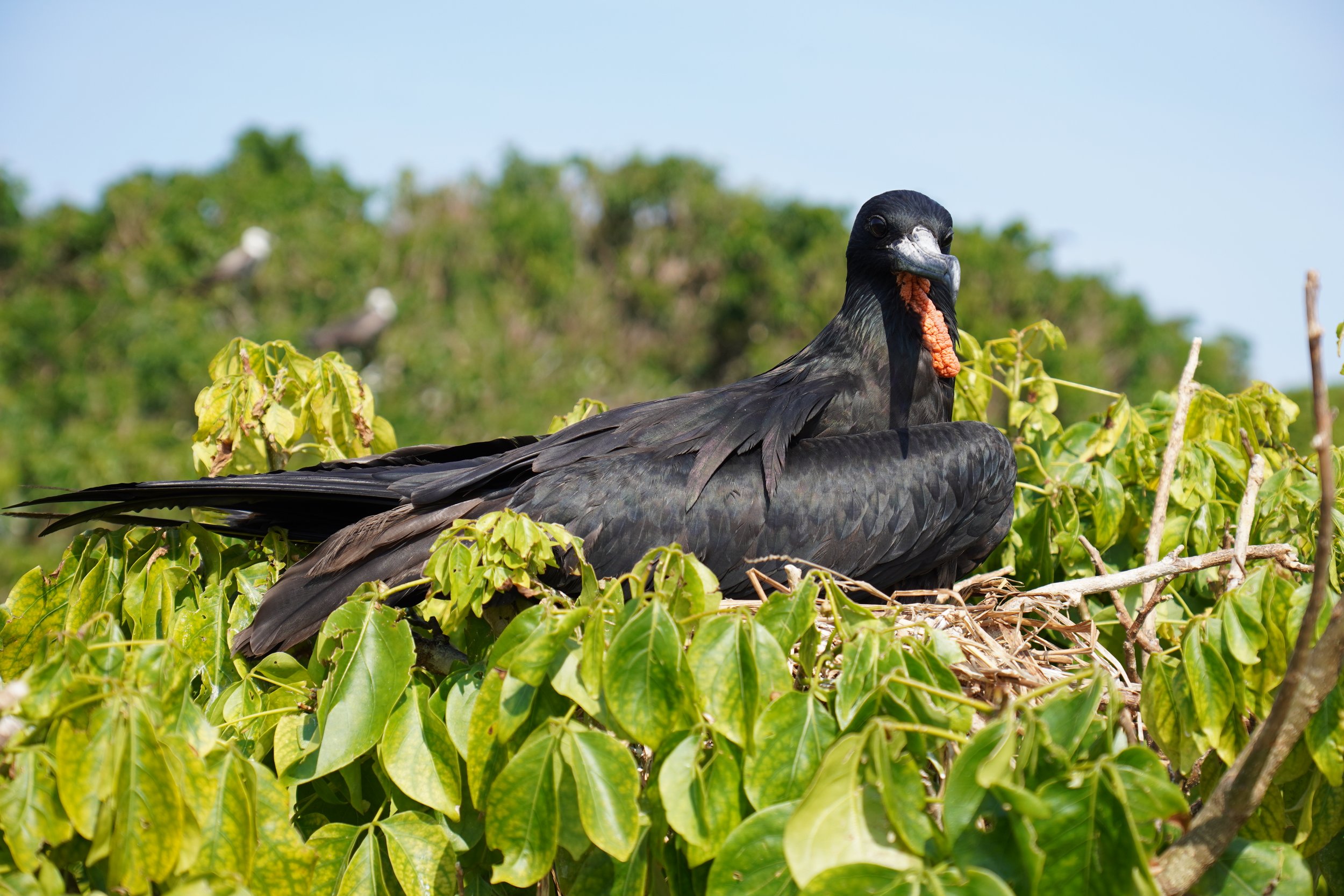Incredible Isla Isabel - January 10-14, 2022
When we last left of…just over six months ago, we had just described our passage from Mazatlan to Isla Isabel, which was a little more adventure than we’d signed up for. In the end it was all worth it, as our time on Isla Isabel can best be described as, no joke, magical.
Once we’d napped for a bit and re-calibrated, we had a chance to take in our surroundings. Isla Isabel is tiny, and we were tucked into a crescent-shaped anchorage on the West side of the island. The island is uninhabited, save for a derelict research station that appears to be used by some fishermen, campers and students from time to time. As the anchorage is quite exposed, we were fortunate to have arrived in a weather window where the winds were minimal and the prevailing swell of the waves favourable. Tucked among the cliffs, the swells that did make it in would crash against the rocks, an incredible sound backdrop to our time there. Anchoring can also be a bit tricky in this particular anchorage as it is primarily rock and coral, with a shallow layer of sand scattered here and there. Many boaters aim to dig their anchor into the sand only to find out there is rock six inches below. We made the choice to increase our scope so more of our chain was in the water, and were fortunate the anchor grabbed well on our first attempt.
Soaring from the cliffs rising out of the sea next to us were thousands upon thousands of frigates. Catching rides off the thermals we watched them turn and turn as if they were riding up and down those spiral ramps in parking garages. At first, I expressed surprise that none of the frigates appeared to be diving into the water for fish, and wondered what or how they ate. We pulled out one of our trusty wildlife books and quickly learned that the frigates are true scavengers. They will torment and attack other birds (in this case, Blue Footed Boobies) until those birds throw up, and the frigates will eat the remains. Yep. Yuck! Not only gross, but sometimes hard to watch nature at work as the frigates were really nasty and aggressive, and it felt as though the birds they were attacking were certain to have heart attacks. But, it’s not our place to interfere (despite wanting to yell at the frigates from time to time).
After some rest, it was time to step foot on the little islet for some exploration. We pulled our dinghies up next to some fisherman’s pangas, and set out on one of the many trails winding around the island. Instantly we found ourselves surrounded by bushes close to head height completely littered with the frigates’ nests. Sitting atop the nests were male and female frigates alike, together with their fluffy, white offspring. From time to time we were able to catch a glimpse of a male frigate with their scarlet red neck pouch (gular pouches) puffed right up like a balloon, which they do to attract the females. Nature really is the most wondrous thing, isn’t it? While our heads were literally in the tree tops, we had to tip toe our way along the paths avoiding thousands upon thousands of iguanas found everywhere - it was nearly impossible not to step on one! When we came upon the derelict research station, hundreds of iguanas were basking on the warm concrete together.
Venturing to the other side of the island, we once again saw humpback whales making their way by the island. In the end, during the several days on Isla Isabel, every single time I looked up at the water or horizon, there was humpback activity. Some near, some far. Flapping their fins, slapping their tales, slowly sliding through the water and, of course, the most impressive breaches. How they propel their huge bodies so far out of the water is an absolute phenom. The other side of the island also provided incredible beach combing, with all sorts of treasures to be found. Eventually the girls tired of the walk, and Stu returned with them to the boat to satiate their fatigue and hunger. Sarah, Rob and I trekked on, finding our way past a crater lake and on to the far side of the island. To our amazement we were completely surrounded by the ineffable Blue Footed Boobies with their stunning blue feet and beaks. Almost always in pairs, we saw several protecting nests dug into the sand with a singular egg within. The name ‘booby’ apparently comes from the Spanish word bobo, which means ‘stupid, foolish or clown’. While I think they’re beautiful, it’s hard to ignore their ridiculous facial expressions and the incredible dance of the male Booby, lifting one foot at a time as it struts around. That side of the island had two incredible rock formations off its coast which, under right conditions, boats are also known to anchor by. While we were there the swell was such that the area was completely exposed and would have made for a most uncomfortable sleep! But, the colours of the water and surrounding reef certainly made further exploration necessary.
After an initial outboard motor mishap (Mapache’s, not ours), we decided to ‘carpool’ in our dinghy back to the Booby’s side of the island for a beach day. With umbrella’s and sunshades a-plenty, we dug ourselves in for snacks, reading, sand castles and some swimming, all the while doing our best not to disturb the little Booby families surrounding us. We managed to catch a glimpse of a female Booby laying an egg and, to our surprise, it came out as blue as their feet! It was so beautiful, and as it dried, it turned a lighter, dusty blue. While we played on the beach, Stu and Rob decided to snorkel out to check out the reefs. There was a large reef wall to swim along, which highlighted some bigger fish than they’d seen in a while. Intent on feeding the crew, the guys returned later in the dinghy to spear fish. They managed to catch a couple fish, including an absolutely humongous Crevalle Jack. While the jack was tasty as sashimi, it was strange to cook, looking like an overdone steak (but tasting nothing like it). Though I don’t eat fish often, and may not be the best judge, I don’t think this is one I’d recommend to others.
When the guys were fishing, our friend, Sarah, from SV Mapache, brought out her hydrophone, a microphone we could drop underwater to listen to sounds below the surface. It wasn’t long before we started hearing the clicks, grunts, sighs, whistles and moans of the humpback whales that we knew occupied the waters around us. Humpbacks are known to be extremely social and communicative, and their songs are something to behold. For an example, you can check out this website: Whale Songs. We have had the incredible fortune to hear the whales through our hulls at various times, but being able to amplify them to Sarah’s little speaker and show the girls what it sounded like was really incredible. Needless to say we were all making our own little shrieks of joy each time we heard a whale call.
It’s a special thing to be in an anchorage such as this, completely disconnected (no cell service!), just taking in the surroundings. I found I could watch the birds for hours, and spent a lot of time with our binoculars trying to find the nests among the trees. Unfortunately our buddy boat had a timeline for reaching Puerto Vallarta, or we all would have happily stayed several more days. It is a place I have made sure to tell anyone heading its direction about, holding them to a promise to visit if they can.




































